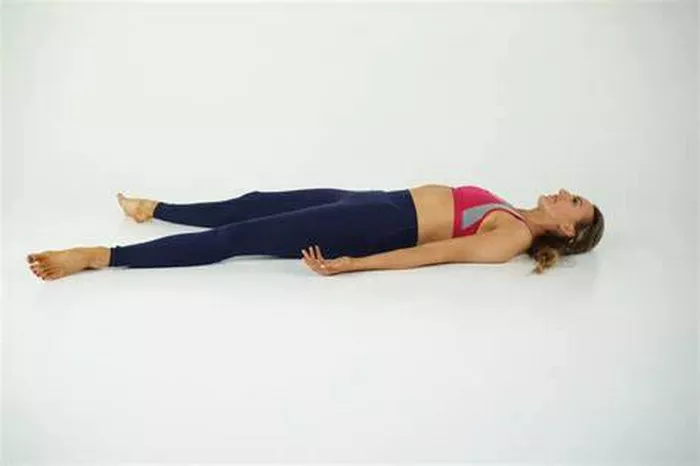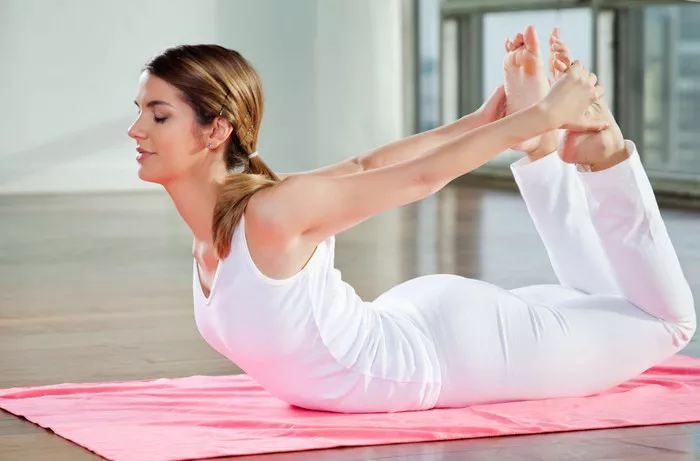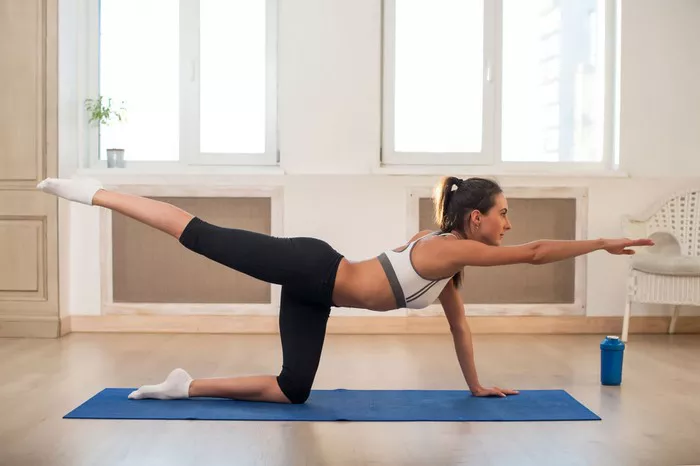Yoga, an ancient practice originating from India, encompasses a plethora of poses that not only aim to enhance physical flexibility and strength but also to cultivate mental clarity and emotional balance. Among these poses, the Happy Baby pose, or Ananda Balasana, stands out as both playful and deeply restorative. In this article, we will delve into the origins and symbolism, physical and mental benefits, variations and modifications, step-by-step instructions, as well as precautions and contraindications of the Happy Baby pose.
Origins and Symbolism
Ananda Balasana, or the Happy Baby pose, derives its name from the Sanskrit words “Ananda,” meaning bliss or joy, and “Bala,” meaning child. The pose reflects the carefree and joyful nature of infants as they play and explore their world. In yoga philosophy, the pose symbolizes innocence, purity, and a return to our natural state of being. It evokes feelings of contentment, relaxation, and inner peace.
Physical and Mental Benefits
The Happy Baby pose offers a multitude of physical and mental benefits, making it a popular choice in yoga practices worldwide. Some of these benefits include:
1. Hip Opening: Ananda Balasana gently stretches the inner thighs, groins, and hips, helping to release tension and tightness accumulated from prolonged sitting or physical activity.
2. Lower Back Relief: By lengthening the spine and gently stretching the lower back muscles, this pose can alleviate discomfort and pain in the lumbar region.
3. Stress Reduction: The gentle rocking motion inherent in the Happy Baby pose calms the nervous system, reducing stress and promoting relaxation.
4. Digestive Aid: As the pose compresses the abdomen, it stimulates digestion and can help relieve gas and bloating.
5. Emotional Release: Practicing Ananda Balasana can release stored emotions and promote a sense of emotional balance and well-being.
Variations and Modifications
While the traditional Happy Baby pose is accessible to most practitioners, variations and modifications can be implemented to accommodate individual needs and abilities:
1. Half Happy Baby: This variation involves holding onto one foot at a time, allowing for a deeper stretch in one leg while keeping the other foot grounded.
2. Extended Happy Baby: By straightening the legs while holding onto the feet, practitioners can intensify the stretch in the hamstrings and lower back.
3. Supported Happy Baby: Placing a bolster or folded blanket under the sacrum provides additional support and can be beneficial for those with limited flexibility or lower back issues.
4. Bound Angle Happy Baby: Combining Ananda Balasana with Bound Angle Pose (Baddha Konasana) involves bringing the soles of the feet together while holding onto the big toes, further opening the hips and inner thighs.
5. Wall Happy Baby: Practicing the pose with the back against a wall provides stability and support, making it accessible to beginners or those with balance issues.
Step-by-Step Instructions
To practice the Happy Baby pose safely and effectively, follow these step-by-step instructions:
1. Start in a Supine Position: Lie on your back with your knees bent and feet flat on the mat, hip-width apart.
2. Draw the Knees Towards the Armpits: Inhale as you draw your knees towards your chest, keeping them bent at a 90-degree angle.
3. Grab the Outer Edges of the Feet: Reach your hands to the outside edges of your feet, holding onto the big toes with your thumb, index, and middle fingers.
4. Open the Knees Wide: Gently open your knees wider than your torso, allowing them to come towards your armpits.
5. Flex the Feet: Flex your feet, pressing the soles towards the ceiling while keeping the tailbone grounded.
6. Option to Rock: If comfortable, you can gently rock from side to side, massaging the spine and releasing tension.
7. Hold and Breathe: Remain in the pose for 5-10 deep breaths, focusing on relaxing the hips and releasing any tension in the body.
8. Release the Pose: To exit the pose, release the feet and hug the knees back into the chest before extending the legs along the mat.
Precautions and Contraindications
While the Happy Baby pose offers numerous benefits, it may not be suitable for everyone. Practitioners with the following conditions should approach the pose with caution or avoid it altogether:
1. Recent Hip or Knee Injury: Individuals with hip or knee injuries should avoid deep hip-opening poses like Ananda Balasana or practice them under the guidance of a qualified instructor.
2. Pregnancy: Pregnant women should avoid compressing the abdomen in poses like Happy Baby, especially in the later stages of pregnancy, to prevent discomfort or strain on the uterus.
3. Spinal Conditions: Those with severe spinal issues or disc herniations should exercise caution and modify the pose by keeping the knees closer to the chest to avoid exacerbating their condition.
4. High Blood Pressure: Practitioners with uncontrolled high blood pressure should avoid holding inverted poses for an extended period, including the Happy Baby pose, as it may increase blood pressure.
5. Recent Surgery: Individuals recovering from abdominal or pelvic surgery should avoid deep hip-opening poses until they have fully healed and received clearance from their healthcare provider.
Conclusion
In conclusion, the Happy Baby pose, with its origins rooted in joy and innocence, offers a myriad of physical, mental, and emotional benefits to practitioners of all levels. By exploring variations and modifications and practicing with mindfulness and awareness, individuals can safely experience the rejuvenating effects of Ananda Balasana in their yoga journey. However, it’s essential to listen to your body and consult with a healthcare professional if you have any concerns or underlying health conditions before incorporating this pose into your practice.























